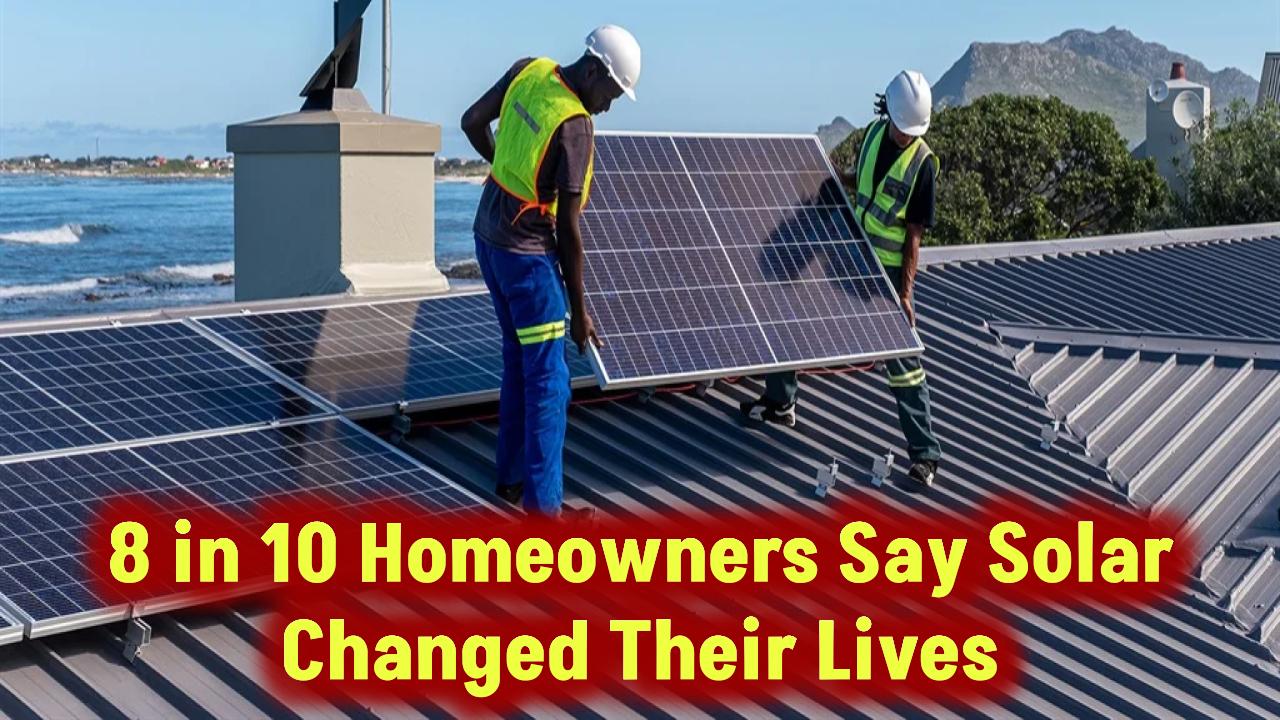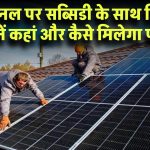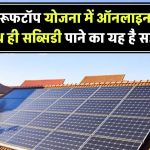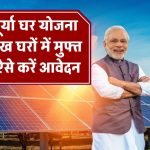
Indonesia and Laos solar exports have skyrocketed in recent months, driven by a massive shift in U.S. trade policy that imposed steep tariffs on other Southeast Asian rivals. The unexpected winners of this global shake-up, Indonesia and Laos are now at the center of a major realignment in the solar panel supply chain — and that could mean big changes for energy costs, climate goals, and global trade dynamics.
U.S. tariffs, which took aim at solar panel imports from countries like Vietnam, Malaysia, Thailand, and Cambodia, have inadvertently boosted exports from Indonesia and Laos, whose manufacturers have become go-to suppliers for American companies eager to avoid heavy import duties.
Also Check: The Dark Side of Green Energy: Hidden Environmental Costs of Wind and Solar No One Talks About
Why Did the U.S. Impose Tariffs?
The U.S. Department of Commerce launched an investigation into solar panels imported from Vietnam, Malaysia, Thailand, and Cambodia over concerns that Chinese manufacturers were using these countries to circumvent existing tariffs. These countries were accused of acting as middlemen — importing Chinese components and assembling them into finished products for export to the U.S.
The outcome? Punitive tariffs up to 3,521% on some solar goods, finalized in April 2025, effectively pricing these countries out of the American market.
These measures were intended to level the playing field for U.S. solar manufacturers and enforce trade laws. But they also created an immediate opportunity for other nations not covered by the new tariffs.
The Rise of Indonesia and Laos
Indonesia and Laos were not included in the U.S. tariff ruling — and solar manufacturers quickly took notice. Production lines were shifted. Investments were made. And export numbers surged.
According to Reuters, the combined U.S. import market share of Indonesia and Laos jumped from less than 1% in 2023 to nearly 29% by early 2025. Laos alone saw an eightfold increase in exports, becoming an unexpected powerhouse in solar trade.
This shift wasn’t accidental. Chinese-owned firms, seeking to avoid new duties, moved their operations to these low-tariff nations, capitalizing on looser trade rules and favorable conditions.
What This Means for Global Solar Trade
This trade reshuffling has deep implications:
- Southeast Asia’s solar supply chain is fragmenting.
Factories in Vietnam, Thailand, and Malaysia are scaling back or shutting down. - New manufacturing hubs are emerging.
Laos and Indonesia are becoming vital players in green energy trade. - Global climate goals are affected.
Solar panel affordability and availability are critical to renewable energy targets. A shift in supply could slow projects or raise prices, at least temporarily. - China remains a silent architect.
By moving operations without changing ownership, China still controls much of the manufacturing — just from different addresses.
Also Check: Can You Get Free Solar Panels in the USA? Check If You Qualify for This Government Grant
How U.S. Companies Are Reacting
American solar installers and project developers have been caught in a difficult position. The tariffs, while protecting domestic manufacturing, reduced supply and raised prices in the short term.
To keep projects on track, many are now sourcing from Indonesia and Laos, where panels are cheaper and readily available. However, this new reliance comes with its own risks — including concerns about quality control, infrastructure reliability, and long-term political stability.
Some firms have even begun exploring other countries like Turkey, Oman, and Saudi Arabia as additional manufacturing bases, trying to hedge against future trade shocks.
Could This Lead to More Solar Jobs in the U.S.?
That’s the hope. Tariffs were meant to give a competitive edge to U.S.-based solar manufacturers. And there are signs it’s working — several companies, like First Solar, have expanded operations or announced new plants.
But reshoring solar production isn’t fast or easy. Permitting, labor, material sourcing, and infrastructure all take time to scale. Until then, U.S. solar projects are still dependent on imported panels — now from Indonesia and Laos.
What Are the Risks Ahead?
1. Geopolitical Uncertainty
If Indonesia or Laos eventually face similar tariffs, the cycle could repeat — pushing manufacturers to yet another country.
2. Environmental Oversight
Rapid scaling in emerging economies may come at the cost of environmental compliance or labor standards if not closely regulated.
3. Long-Term Trade Tensions
This episode adds fuel to ongoing U.S.-China trade tensions, and solar could become a flashpoint in wider geopolitical disputes.
(FAQs)
Q1. Why were Vietnam, Thailand, and Malaysia targeted by U.S. tariffs?
These countries were accused of helping Chinese companies bypass existing trade duties by assembling Chinese solar components and exporting them to the U.S.
Q2. Are the new tariffs permanent?
As of May 2025, they are active and expected to remain for several years. Any changes would depend on trade negotiations or new Commerce Department rulings.
Q3. Can Indonesia and Laos keep up with demand?
Both nations are rapidly expanding production capacity, but long-term stability depends on infrastructure upgrades, skilled labor, and consistent policy support.
Q4. Will solar prices go up in the U.S. because of this?
In the short term, yes — reduced supply from traditional sources has caused price volatility. However, shifting to Indonesia and Laos could stabilize prices over time.
Also Check: 2025 Eco Grants Revealed! Don’t Miss These Government Incentives for a Greener, Cheaper Home








